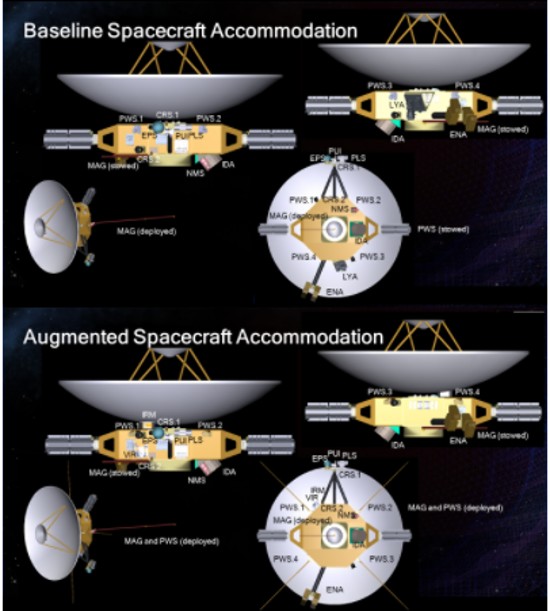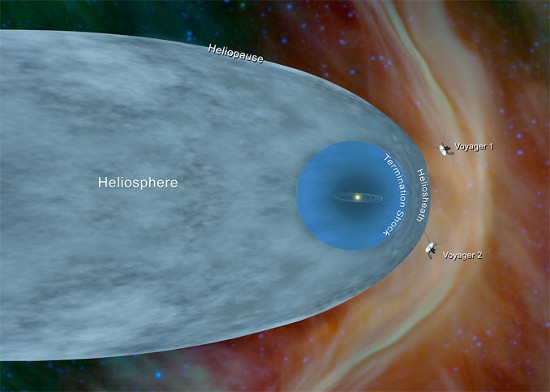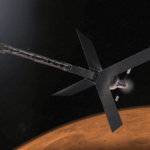Sometime in the 2030s, NASA has plans to launch a robotic spacecraft to travel to interstellar space where it will join the two Voyagers and Pioneers as the only four human-built machines to have ever passed beyond the heliopause and the gravitational pull of our Sun.
The project goes by the name of the Interstellar Probe. It will look beyond our Solar System and back to it to give us a picture of where we are in space, and the galaxy, and what is the nature of what lies beyond. The plan is to outfit the spacecraft with nuclear propulsion and have it travel faster than any previous probe leaving our local space. We are talking of speeds Fly away speed achieving a distance of 7 Astronomical Units (AUs) per year over the mission’s full duration. For comparison, Voyagers 1 and 2 are travelling at speeds of 3.6 and 3.3 AUs respectively each year. An AU is a measure of the distance between Earth and the Sun approximately 150 million kilometres (93 million miles). So that’s travelling more than 1.05 billion kilometres (651 million miles) annually (120,000 kph or 74,400 mph). If you are interested or have a trivia night where the question comes up about the fastest speed ever attained by something built by humans: The Parker Solar Probe in 2020 easily surpassed the speed the Interstellar Probe will reach attaining almost 467,000 kph (283,000 mph) during a gravity-assist orbital maneuver.
The current proposed budget for the Interstellar Probe mission is $1.5 billion USD. As envisioned (see configurations below) the spacecraft will weigh approximately 860 kilograms (over 1,900 pounds) and may feature a combination of 5 metre (16.4 foot) fixed antenna, two longer antennae, or even a 50-metre (164 foot) space-wire antenna to help communicate with Earth throughot the mission.

How long a mission are we talking about?
Once launched the Interstellar Probe will make it past Jupiter in 300 Earth days, then take between 10 and 35.5 years to reach the heliopause. After that it is between 50 and 142 years before it surpasses 1,000 AUs. Each week the Interstellar Probe will contact Earth stations to report on its status and the latest discoveries.
Will it include a golden record like the ones onboard the two Voyagers?
Each Voyager carried a record with visual instructions on how to build a player to listen to it. The record contained the sounds, images, greetings from Earth in many different languages, and music by Beethoven, Mozart, Chuck Berry, and Willie Johnson.
What will we learn from this centuries-long voyage of discovery?
- the nature and construct of the heliosphere and heliopause, a region that spans between 90 and 120 AUs
- the chemical and physical properties of interstellar space and the evolution of the galaxy.
- the interaction of the Solar System with four different interstellar clouds that the Sun is currently traversing lasting over the next 6,000 years, noting how this impacts the shape and size of the heliosphere.
- opportunities for a closer look at objects in the Kuiper Belt and Oort Cloud as the probe passes through these outer regions of the Solar System.
- a better understanding of the origin and evolution of our Solar System as well as other planetary systems the probe may encounter.
- spectroscopic analysis of the nearest neighbouring stars.
- discoveries that will lead to questions we never thought to ask.
















